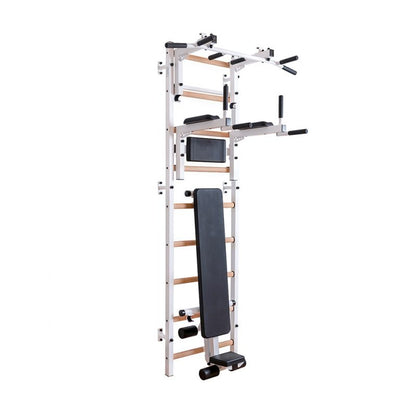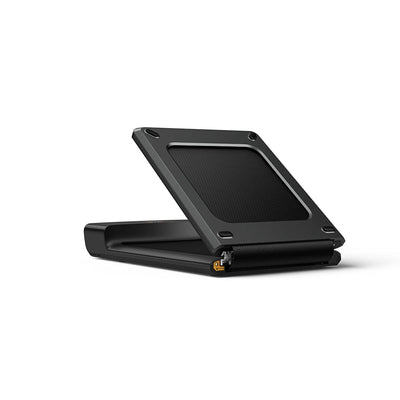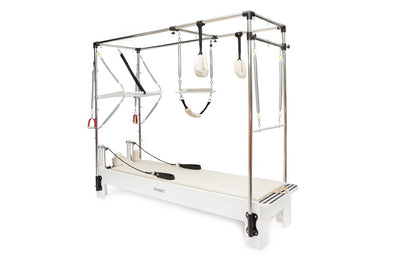
Barre vs. Reformer Pilates: 5 Major Differences
In the arena of fitness and body conditioning, Barre and Reformer Pilates are two methodologies that have garnered significant attention in recent years. Both foster a harmonious blend of strength, flexibility, and endurance, but their approaches, techniques, and benefits differ. This article offers a comprehensive comparison between Barre and Reformer Pilates, aiding enthusiasts in making informed choices based on their goals and preferences.
Core Definitions
-
Barre: Originating from ballet training, Barre integrates principles from dance, Pilates, and yoga. Classes are typically conducted using a ballet barre and occasionally small weights, resistance bands, or balls. It emphasizes high repetitions of small, isometric movements.
-
Reformer Pilates: Utilizing the Reformer machine, this method of Pilates offers exercises with adjustable resistance via springs, challenging users with a dynamic carriage that slides back and forth. It's versatile, catering to full-body workouts with a special emphasis on core strength and stability.
Distinguishing Features and Benefits
-
Movement Types and Focus
-
Barre: Barre focuses on micro-movements and isometric holds, targeting specific muscle groups. The emphasis is often on the lower body, particularly the thighs and glutes, though arms and core are also engaged.
-
Reformer Pilates: With its wide array of exercises, the Reformer emphasizes controlled, fluid movements, core engagement, and functional fitness. It promotes full-body strength, balance, and flexibility.
-
-
Equipment and Setup
- Barre: Classes revolve around the ballet barre, with occasional use of small props. The barre provides support and aids balance during exercises.
- Reformer: The Reformer machine is central to this method, offering diverse exercise possibilities through its movable carriage, springs, footbar, and straps.
-
Intensity and Adaptability
- Barre: Barre can be intense due to the high repetitions and burn of the isometric holds. However, it's generally low impact and can be adapted to various fitness levels.
- Reformer Pilates: Its adjustable resistance makes the Reformer suitable for all levels, from rehab-focused exercises to challenging workouts for seasoned athletes.
-
Benefits and Outcomes
- Barre: Expect enhanced muscle definition, especially in the legs and core, improved posture, increased flexibility, and a cardiovascular workout in more upbeat classes.
- Reformer Pilates: Regular practice can lead to a strong core, improved postural alignment, increased flexibility, and overall muscle toning and strength.
-
Class Structure and Atmosphere
- Barre: Classes often have a vibrant, energetic vibe, sometimes set to music. They combine strength training with elements of dance and cardio.
- Reformer Pilates: Sessions are typically more focused and meditative, emphasizing precision, control, and breathing. The atmosphere is calm, yet challenging.
Drawing a Conclusion
Barre and Reformer Pilates, while sharing some overlapping principles, offer distinct experiences. For those inclined towards dance-inspired workouts with a cardiovascular edge, Barre is a compelling choice. Conversely, if one seeks a methodical, equipment-based workout emphasizing core strength and total-body conditioning, Reformer Pilates stands out.
In the fitness journey, personal goals, interests, and experiences play pivotal roles in shaping preferences. Trying both Barre and Reformer Pilates can provide valuable insights, and combining the strengths of both can lead to a well-rounded fitness regimen.
« Back to Pilates Blog





